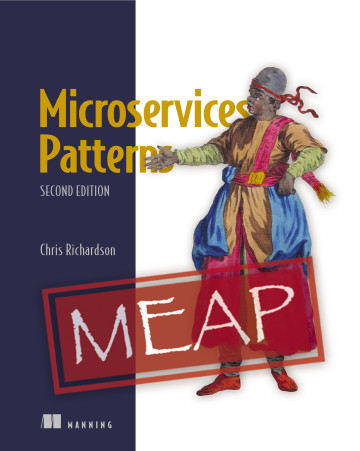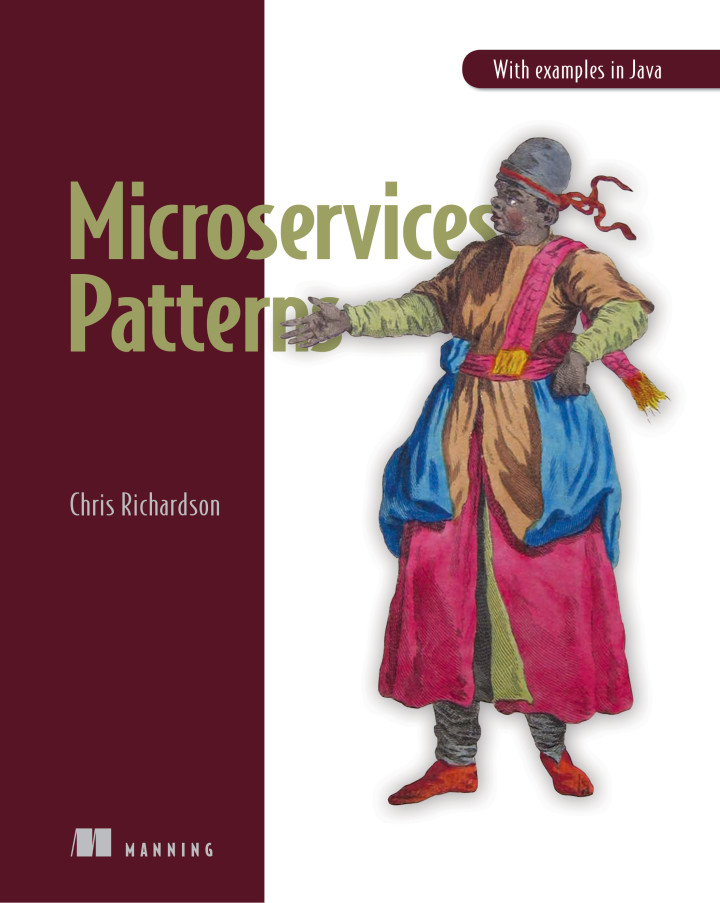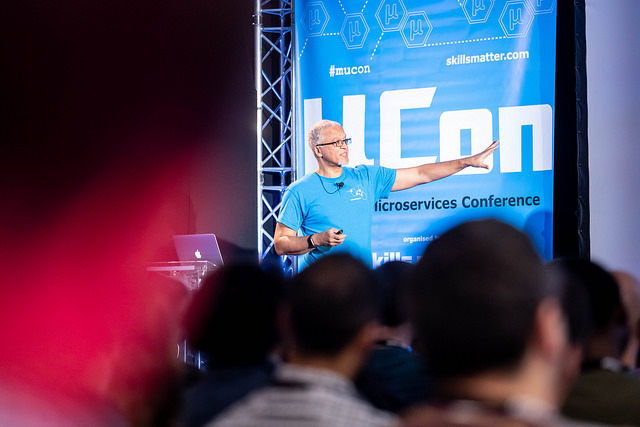Microservices rules #10: Make smaller, safer, and reversible changes - part 5
microservices rules fast flowContact me for information about consulting and training at your company.
The MEAP for Microservices Patterns 2nd edition is now available
This is another article in the series about microservices rules: what good looks like, which are a set of principles and practices for using microservices effectively. The other articles about microservices rules are:
- Microservices rules #1 - continuous delivery/deployment
- Microservices rules #2: Implement fast, automated deployment pipelines
- Microservices rules #3: Apply Team Topologies
- Microservices rules #5: Deliberative design
- Microservices rules #10: Big/risky change => smaller/safer and (ideally easily) reversible changes - part 1 - incremental architecture modernization, part 2 - continuous deployment, part 3 - canary releases, part 4 - incrementally migrating users
This article explores yet another way to achieve Microservices Rule #10: Make smaller, safer, and reversible changes. Work items flow into a team in four main forms: features, defects, risks, and technical debt. Previous articles on Rule #10 focused on implementing and delivering work items incrementally. However, another effective approach is to reduce the size of the work item itself — specifically, implement smaller features, or in other words, define and deliver smaller user stories.
This article explores how defining and delivering smaller user stories accelerates learning and experimentation — essential ingredients for building a great product.


 Premium content now available for paid subscribers at
Premium content now available for paid subscribers at 




